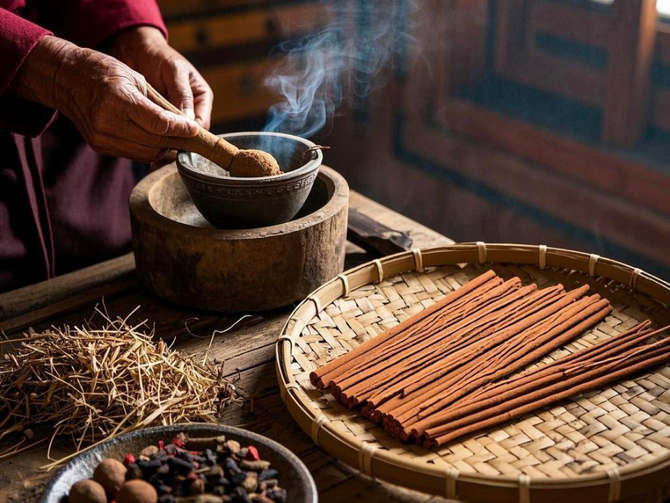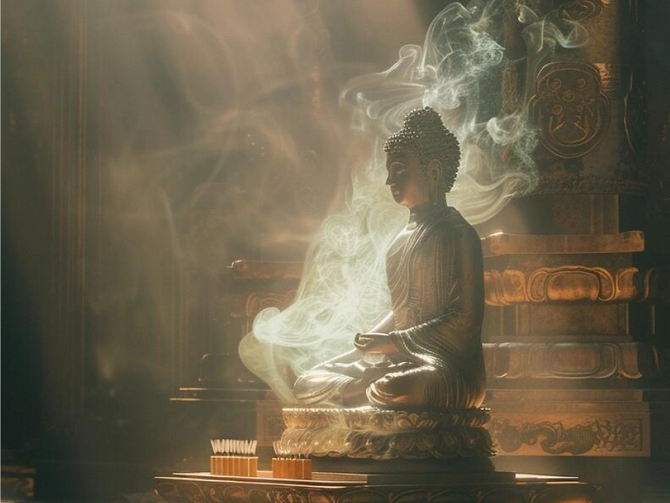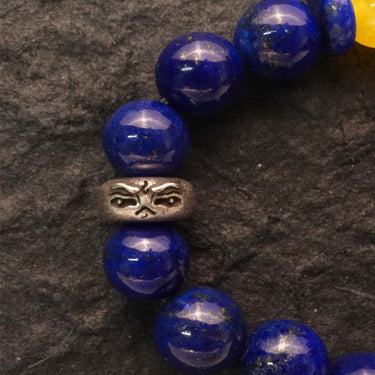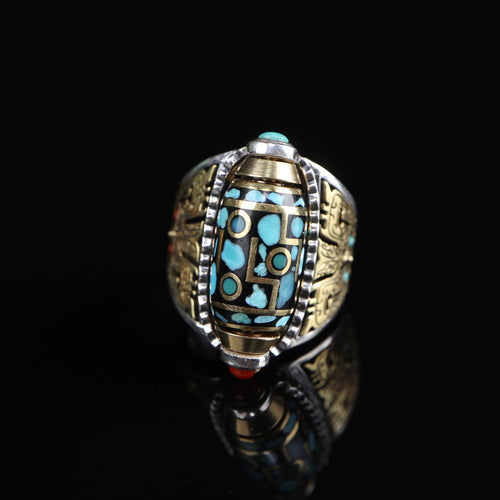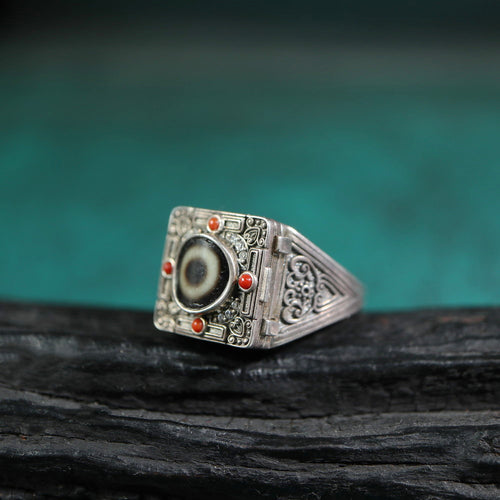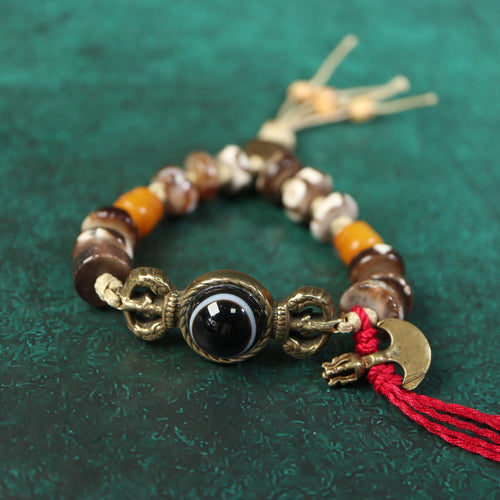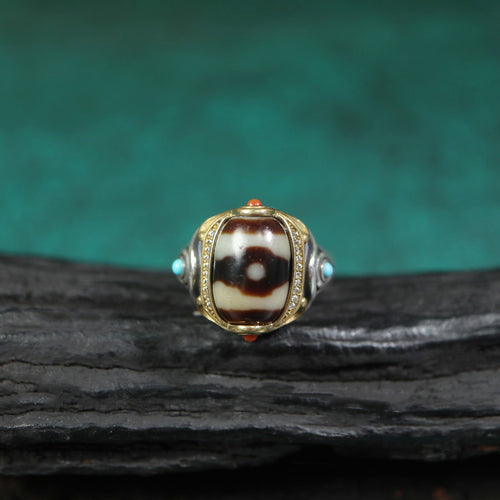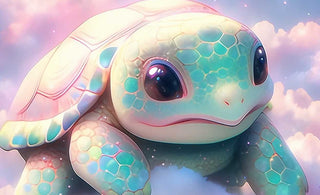
At Oriental Aesthetics, we take pride in our commitment to preserving and promoting classical oriental art. Our mission is to provide systematic, high-quality professional services for oriental artists, collectors, artists, and enthusiasts who appreciate and love this timeless art form. In this article, we delve into the captivating world of turtle motifs in traditional oriental art, exploring their allegorical significance and enduring aesthetic appeal.
The Symbolic Power of the Turtle
Turtles have long held a revered place in oriental art, symbolizing a multitude of profound concepts. One of the most prominent themes associated with the turtle is that of longevity. In various Asian cultures, the turtle is believed to possess an extraordinary lifespan, often surpassing a century. This remarkable longevity has made the turtle an emblem of endurance, wisdom, and a life well-lived.
The Allegory of Wisdom and Knowledge
In the realm of traditional oriental art, the turtle's symbolism extends far beyond its association with longevity. It is deeply intertwined with the concepts of wisdom and knowledge, making it a captivating allegorical figure in artistic expressions.
Across various Asian cultures, the turtle is revered as a creature endowed with profound insights and hidden wisdom. In Chinese mythology, it is believed that the turtle carries the secrets of the universe on its shell, representing the interconnectedness and inherent wisdom of all things. This belief has permeated Chinese art, literature, and philosophy, shaping the perception of the turtle as a wise and venerable being.
The allegory of wisdom represented by the turtle in oriental art is multifaceted and nuanced. The turtle's deliberate and unhurried movements become symbolic of the importance of patience and contemplation in the pursuit of wisdom. Its ability to navigate the world with grace and adaptability serves as a reminder of the need for flexibility and adaptiveness in the face of life's challenges.
Furthermore, the turtle's association with water, a symbol of the subconscious and the realm of hidden knowledge, further enhances its allegorical significance. Just as the turtle effortlessly glides through the water, it is believed to possess the ability to tap into the depths of wisdom and bring forth hidden truths.
In Chinese literature, the turtle often appears as a wise and venerable character, offering sage advice and imparting profound teachings. These literary works serve as a testament to the deep-rooted association between the turtle and wisdom in Chinese culture. The turtle's longevity and deliberate movements become allegories for the accumulation of knowledge and the importance of patience and contemplation in the quest for wisdom.
The intricate patterns and markings on the turtle's shell also play a significant role in its symbolic representation of wisdom. In Chinese art, these patterns are often seen as representations of the interconnectedness of all things in the cosmos. Artists carefully depict the shell's intricate details, utilizing brushstrokes or carvings to capture the essence of wisdom and the complexity of the universe.
The allegorical power of the turtle's wisdom extends beyond China and can be found in other Asian cultures as well. In Japanese folklore, for example, the turtle is seen as a creature of wisdom and longevity, believed to possess supernatural powers. It is featured in various myths and legends, often portrayed as a wise and mystical being that imparts wisdom to those who seek it.
The enduring allure of the turtle as an allegory for wisdom and knowledge continues to inspire artists and captivate audiences worldwide. Its symbolism resonates deeply with individuals who appreciate the profound insights and timeless wisdom that can be gleaned from observing the natural world. By incorporating turtle motifs into their artwork, artists pay homage to the rich cultural heritage and invite viewers to contemplate the depths of wisdom that lie within these mesmerizing symbols.
In the realm of oriental aesthetics, the turtle stands as a powerful reminder of the enduring pursuit of wisdom and the boundless potential for knowledge. Its allegorical significance in traditional oriental art serves as a beacon, guiding us to delve deeper into the realms of wisdom, introspection, and self-discovery. The turtle's presence in artistic expressions enriches our understanding of the world and inspires us to embark on our own journeys of knowledge and enlightenment.
The Delicate Craftsmanship of Turtle Motifs
The inclusion of turtle motifs in traditional oriental art showcases the meticulous craftsmanship and attention to detail for which this art form is renowned. Skilled artists employ various mediums, such as painting, sculpture, and lacquerware, to bring these motifs to life. Every stroke of the brush or chisel reflects the reverence and admiration for the turtle's symbolic significance.
Turtle Motifs in Chinese Art
In Chinese art, turtle motifs are frequently found alongside other symbols associated with longevity and wisdom. The combination of the turtle, crane, and pine tree is a common motif, symbolizing a wish for a long life filled with prosperity and good fortune. The slow and deliberate movements of the turtle remind us to approach life with patience and contemplation, seeking wisdom through experience and the passage of time.
Turtle Motifs in Japanese Art
Japanese art also embraces the turtle motif, emphasizing its association with wisdom and good fortune. The pairing of the turtle and crane, known as "Tsuru-Kame," is often depicted, representing longevity and happiness. In Japanese folklore, the turtle is believed to possess supernatural powers and is revered as a creature of wisdom and longevity.
The Allure of Turtle Motifs in Contemporary Oriental Art
While rooted in tradition, turtle motifs continue to inspire contemporary oriental artists. These artists infuse their creations with modern interpretations, exploring the timeless themes of longevity, wisdom, and interconnectedness. By incorporating turtle motifs into their artwork, they pay homage to the rich cultural heritage while inviting viewers to reflect on the enduring significance of these symbols.
Oriental Aesthetics: Preserving the Legacy
At Oriental Aesthetics, our dedication to classical oriental art extends beyond appreciation. We are committed to preserving the legacy of turtle motifs and other traditional symbols, ensuring their continued relevance and resonance in the modern world. Through our professional services, we provide a platform for oriental artists to showcase their talent and connect with collectors and enthusiasts who share their passion.
Conclusion
Turtle motifs in traditional oriental art captivate our imagination with their allegorical depth and aesthetic allure. These timeless symbols of longevity and wisdom continue to inspire awe and admiration across different cultures. At Oriental Aesthetics, we are honored to be part of this rich heritage, striving to promote and preserve the beauty of turtle motifs and other classical oriental art forms. Join us in celebrating the profound meanings and artistic brilliance that turtle motifs bring to the world of oriental art.


